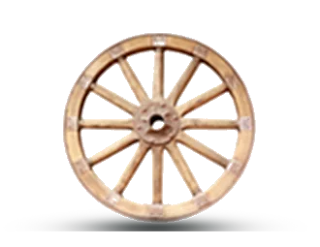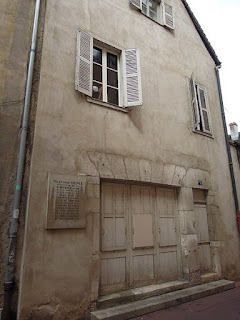The History of Tyres
According to Wikipedia, the word tyre has been derived from the French word tirer meaning 'to pull'. Prior to the invention of pneumatic or air filled tyres, tyres were made up of bands of leather or iron placed on wooden wheels. This would protect the wheels of the carts and wagons from rapid wear and tear.Evolution of Rubber Tyres
In the 1800's, Charles Macintosh experimented with sap from trees in Amazon area to create rubber. But, it could not withstand the weather extremities.
Charles Goodyear discovered vulcanised rubber in 1839, by adding sulphur, making it elastic and strong enough to be used as cushion tyres for cycles.
It was in 1845 that pneumatic or air filled tyres were invented and patented by Robert William Thomson, a Scottish inventor. His design had multiple thin tubes inside a leather cover, so that the tyre could absorb shocks (see illustration) . But, it never really went into production due to its severe limitations.However, in 1888, John Boyd Dunlop from Ireland, came up with the first practical pneumatic tyre which later became Dunlop tyres. He also tested the first pneumatic or air-filled tyres on a tricycle and took it for a spin. Pneumatic tyres gained their popularity due to the growing use of bicycles in the late 18th centuryThe Michelin brothers, Andr� and �douard invented the detachable pneumatic tyre in 1891, which could be used on automobiles. The tyre consisted of a tube bolted on to the rim.
The process of making pneumatic rubber tyre underwent tremendous engineering advances for the next fifty years after its invention. During this period, automobiles were using different forms of bias-ply tyres. The bais-ply tyre had an inner tube containing compressed pressure and an outer casing to protect the inner tube and offer traction. The outer casing was reinforced with plys of rubberized fabric cords.




Comments
Post a Comment